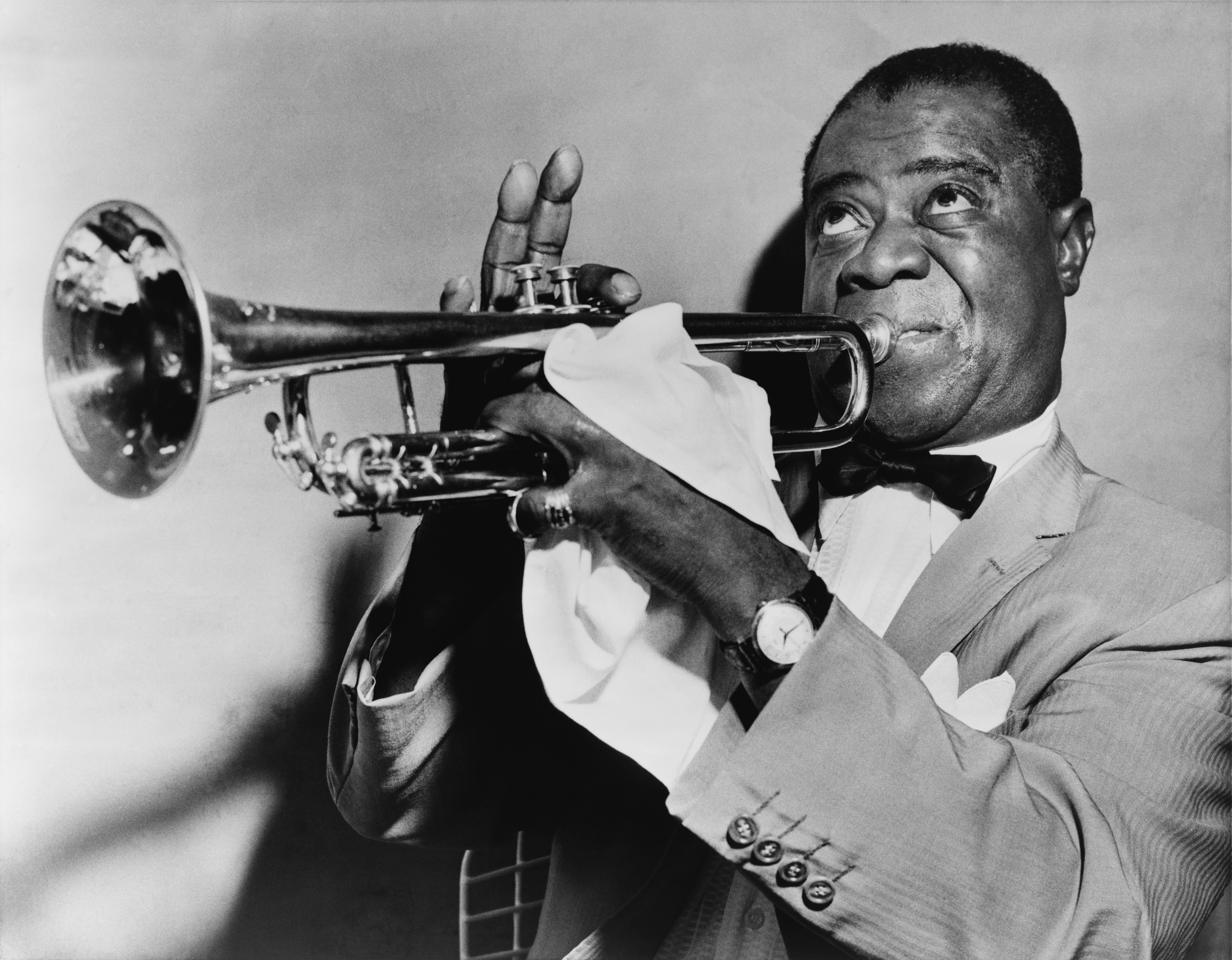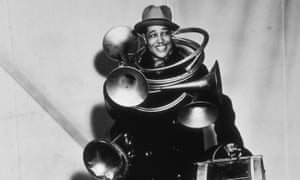
The 1920s marked the beginning of the modern musical era.
Mid decade, acoustical recording process was changed to electrical process, making recording audio more reliable, and opened up pathways for musicians to really experiment with their music. The birth of commercial radio ended the tradition spread of music through paper and live performance, and instead was broadcasted via radio. The era of silent film ended during the 20s, with “talkies” replacing old Nickelodeons, introducing different types of music to cultures around the world. These new inventions helped shape the music industry into what we know it as today, opening the door for new genres such as ragtime, big bands, the blues, and of course, Jazz.

Jazz music was born in black communities in New Orleans, presenting a mix of African and European beats, featuring syncopation and improvisation, reaching it’s peak during the Jazz Age in 1920s. Jazz became popular with the main public as jazz musicians began moving north in search of work. Soon it was split into subcategories of “Jazz” and “white jazz”, with many white bands appropriating jazz, for many stations wouldn’t broadcast music played by black musicians. Louis Armstrong and Duke Ellington were perhaps the most famous jazz musicians from the era, breaking social barriers to perform for mixed race crowds.
Jazz influence on American culture was perhaps most evident by it's evolution of fashion. After the end of WWI and the economic boom of the 20s, the consumer was huge, with fashion industries following the demands of new modernist American youth. And jazz just happened to be the anthem of that new culture. Wild and unpredictable, it symbolized the new freedoms Americans were so eager to attain, it was soon booming on every corner and speakeasy of the city, and with new music came new dance. The long victorian clothing of the past decade did not accommodate for the Charleston and other fast and wild dances. Flapper or Jazz fashion evolved with the music through the 1920s, with popular magazines such as Vogue fist appealing to the consumer market. Women’s dresses became very loosely fitted, with waistlines dropped at the hips, with the cut of dresses accommodating for mobility required to dance the Charleston
Ragtime and Big Band music became more popular during the later 1920s and later decades, but the 1920s would forever be remembered as the golden age of Jazz.
Sources:
http://www.d.umn.edu/cla/faculty/tbacig/studproj/is3099/jazzcult/20sjazz/fashion.html
http://www.thepeoplehistory.com/20smusic.html
https://i.guim.co.uk/img/media/6dbcb8f27184a0636f675097c504ba38375d801d/105_552_2598_1558/master/2598.jpg?width=300&quality=85&auto=format&fit=max&s=86dfbf33f4bf9b135d4f1a206c4ab662
https://cdn.britannica.com/27/125427-050-28FB4BA8/Louis-Armstrong-1953.jpg
http://besthistorysites.net/wp-content/uploads/2014/08/9335869193_f4204948ff.jpg
I think this post demonstrates the new modernist view of the American youth very well as well as showing how racial tensions still existed. As mentioned, one of the most influential musicians at the time was Louis Armstrong. Armstrong was raised in New Orleans where jazz music was born and performed all over the country. One of the reasons that he was so popular was because along with his trumpet skills, he was a great singer and good at performing on stage. He was one of the first black musician to "cross-over" which means his music was listened to and played by white people. Even though he had influence, he only took a public stand for his race for desegregation in the Little Rock Crisis.
ReplyDeleteSource: https://en.wikipedia.org/wiki/Louis_Armstrong
I like how this post demonstrated the influence of jazz and music in general on the culture of America during the 1920's and connected it to the symbolism of freedom. Although jazz was the most remembered genre from that time, I found it interesting that those other genres played a significant role in the 20's as well, most notably Ragtime music. Ragtime began the movement towards stride piano, an improvisational piano style that would go on to become very popular in the late 20's and the entirety of the 30's. The core elements of ragtime found their way into much of America's popular music in the early 20th century. The genre was given its name from the phrase "ragged time", signifying the broken up melodies and rhythms that frequented the music.
ReplyDeleteSource: https://en.m.wikipedia.org/wiki/Ragtime
I really like how you included how music had an affect on other aspects of American culture such as fashion. I also enjoyed how you included how technological led to the accessibility of music, I myself could not imagine living in the world wasn’t readily available to listen to. I decided to look into the genre blues more and ended up reading about Bessie Smith, a prominent jazz/blues singer in the 1920s. Her most popular song was "nobody knows you when you're down and out" released in September 1929 two weeks before the stock market crash and If you read the lyrics of the song it seems like an uncanny representation of future events, which I found interesting. https://www.biography.com/musician/bessie-smith
ReplyDeleteI found that really interesting too! The song was originally written by Jimmy Cox in 1923, about a millionaire during the Prohibition who took his friends out to speakeasies, eventually spending all of his wealth. The song's moral is that when one has wealth and money, they also have manny friends, but the second their wealth goes away all of their friends disappear too, for they could no longer benefit from the person, the person is a nobody if they have no contribution to make. Strikingly, soon after Bessie Smith made the song famous, the stock market crashed and the situation that she described in her song was mimicked by harsh reality.
Deletesource:https://downatthecrossroads.wordpress.com/2012/02/05/nobody-knows-you-when-youre-down-and-out/
I really enjoyed reading your post and really liked how detailed it was. The Jazz era was the first time this type of music America contributed to the world. The loud and syncopated nature of jazz along with the nervousness, lawlessness, primitive and savage animal-ism and lasciviousness elements is what made it unique. Jazz was popularized in many black communities because of race records which were played in many black communities such as New York and Chicago.
ReplyDeleteSource: https://www.1920s-fashion-and-music.com/1920s-music.html
I enjoyed reading our post and thought that it was well written about how music changed cultures and ways that people lived. It shocks me that people would segregate music into white jazz and that although there was segregation there will still musical artists that were able to preform for both races. It is also interesting how the creation of the radio was able to broadcast music to people which and how the creation of the radio was able to bring people together.
ReplyDelete